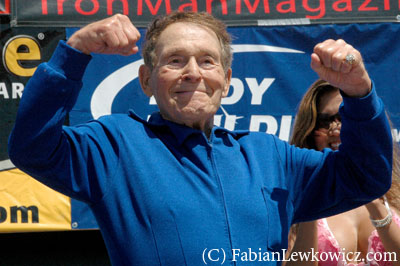Too Many Changes
The first issue comes down to our ability to establish new behaviors. We are very much creatures of habit: when we try to change our habits, it can be difficult to maintain those new behaviors. This is why taking one step at a time will always lead to better, more sustainable results. And that’s just the point, sustainability. I can’t tell you how many people say, “I’m going to just drop the weight and then maintain.” That’s like saying, “Let me just cheat on my entrance exam and THEN I will start studying.” It doesn’t work that way. Because even if you do lose the weight, how will you have any idea what means to maintain? Maintenance implies that you have healthy habits already in place, and this takes practice and repetition.
Action Without Planning…
The second issue comes down to willpower…of which humans have very little. We do not have self-control, so we MUST PLAN AHEAD! Removing barriers will become just as important as establishing new behaviors. If you want to start eating better, it is not enough to decide what you will eat and avoid all the rest, you have to take action! Remove ALL food items from your home that do not fall into the plan. Start cooking for yourself so that you do not have to go out to eat. If you know you will be going out, look at the menu before and decide what you will eat. If you need to start moving more, set a time to exercise that will not likely conflict with other obligations, and then put it on your calendar. If you go after work, avoid going home before the gym. If you can, go before work and get it out of the way early. Think about what you will do when you get there, and how you will progress your training over time. Find a workout buddy to keep you accountable. The starting of a new habit means nothing without the proper planning to reinforce that habit.
The Starting Line
So decide today—what would you like to achieve in the next 3 months? Write down all things that you will have to do to get there. Then write down all the things that could potentially stop you from getting there. Once you have these two lists, it is time to figure out what your first action will be to help you move toward your goal. Pick just one habit to change (drink more water) and then plan how you will achieve that (carry water bottle). If you can do this for 2 weeks, it is time to pick another habit to add on. Keep this up, and you will have formed 6 new habits in the next 3 months and 26 new habits in the next year! Just think of how different your life, health, and happiness could be if there were 26 actions you took every day related directly to your goals. The sky is the limit, but you have to start at square one.




